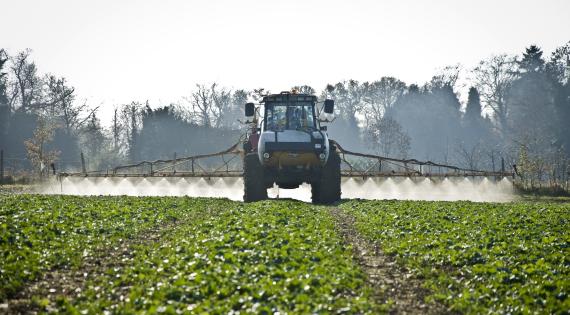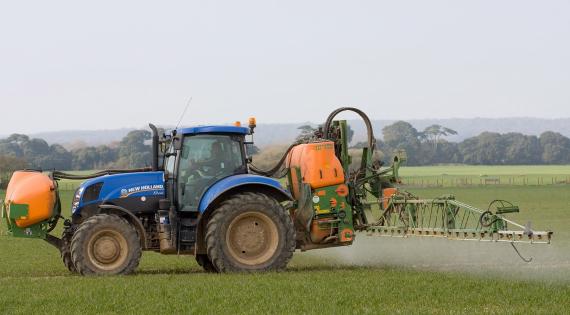The use of agrochemicals, including pesticides and synthetic fertilisers is often necessary to grow highly productive crops. However, they can have profound effects on the environment, including water quality, biodiversity and greenhouse gas emissions. By mapping agrochemical use, we can predict areas and species at risk from these impacts and help devise strategies to reduce the risk of agrochemical impacts whilst maintaining food production.
Image

UKCEH Land Cover® Plus: Pesticides and Fertilisers
We have combined our crop mapping data with farm surveys of pesticide and fertiliser use to produce national maps of the estimated application of inorganic fertilisers and over 160 pesticide active ingredients.
Image

Agrochemical risk indices
We are developing methods to understand, model and predict how agrochemical applications relate to risk for key species groups like earthworms and bees. By balancing the agronomic benefits of agrochemical inputs with the environmental risk of using them, we can help farmers to develop more environmentally sustainable pesticide regimes and identify the areas where these are most needed.